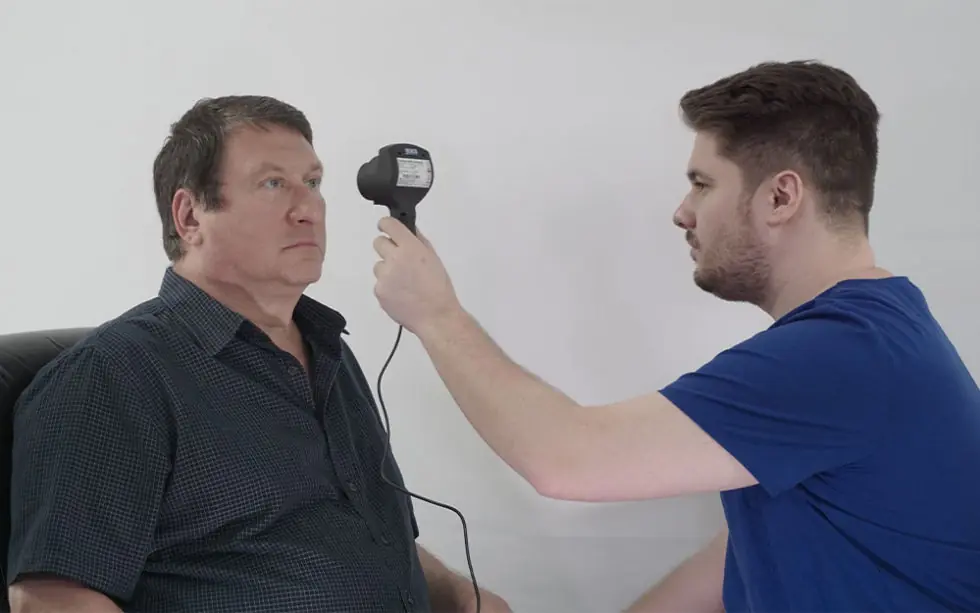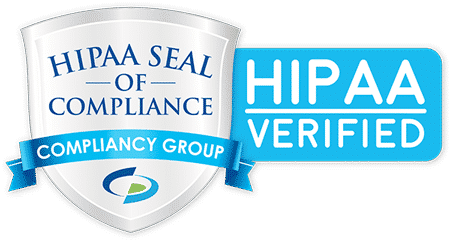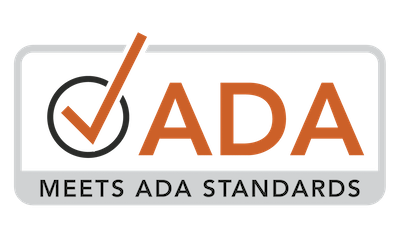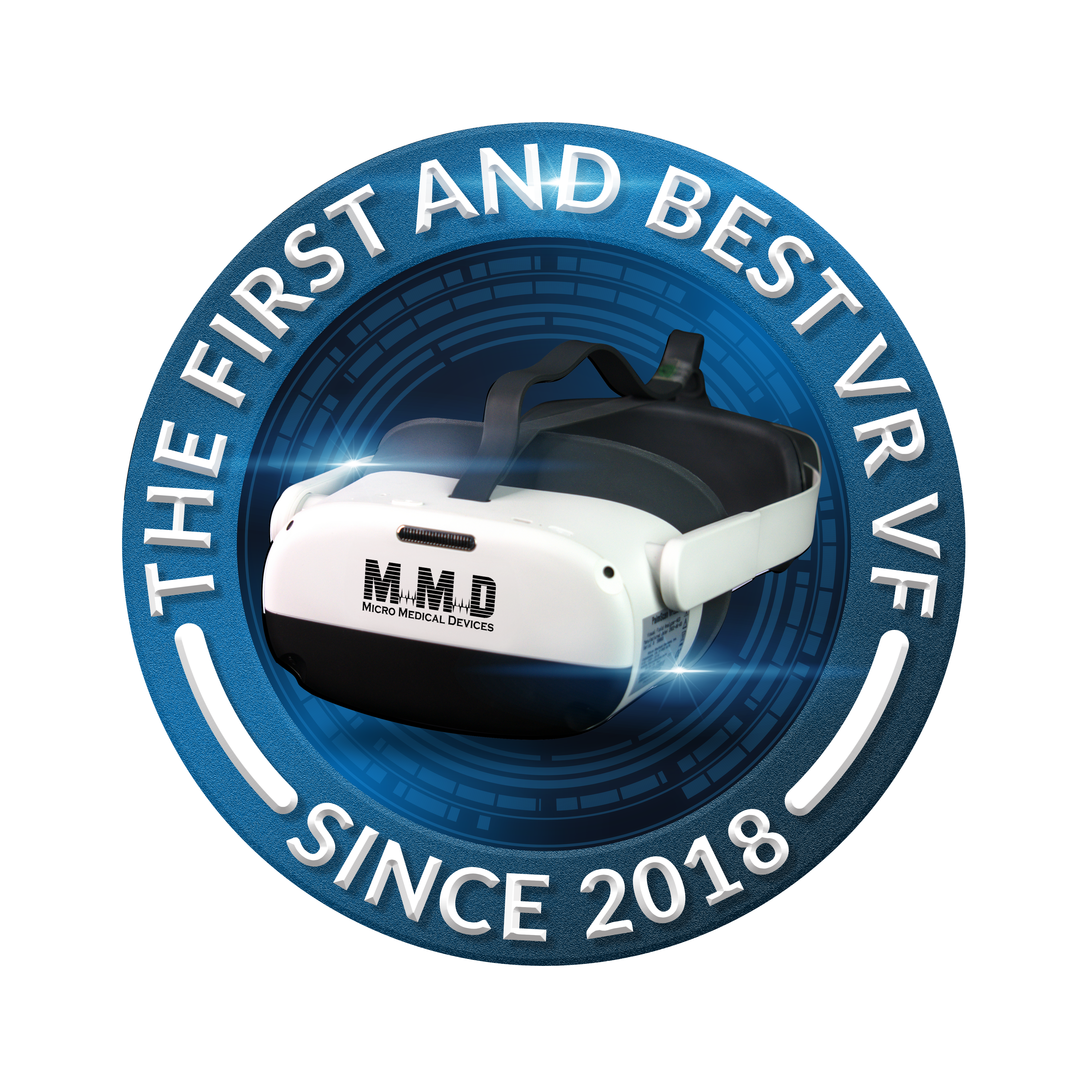Patients often have questions about VR visual field testing. Here’s how to address the most common ones clearly and confidently so they understand the technology and its role in protecting their vision.
Patients are often curious when they see a VR headset in the exam room. For many, it’s a completely new experience. Clear, well-informed answers not only improve trust but also support accurate, efficient testing. For practices, VR visual field testing provides portability, speed, and validated accuracy that streamline workflows and expand access to essential diagnostics.
Why Do I Need a Visual Field Test?
A visual field test measures peripheral vision to detect early signs of conditions such as:
- Glaucoma
- Retinal disease
- Optic nerve damage
- Neurological disorders
Even patients without noticeable symptoms can benefit. Early detection allows for prompt treatment and better long-term outcomes, making visual field testing as much a preventive measure as a diagnostic step.
How Accurate Is a VR Visual Field Test Compared to the Old One?
Modern VR devices use clinically validated algorithms comparable to traditional bowl-perimeter tests.
Advantages include:
- Portability for testing in any location
- Faster setup and shorter test times
- Enhanced patient comfort with reduced likelihood of fixation loss
Peer-reviewed studies confirm that VR results align closely with gold-standard devices, making VR testing a reliable alternative while improving the patient experience.
Do I Have to Keep My Head Still the Whole Time?
Unlike traditional chin-rest systems, VR testing allows for more natural head positioning. Advanced head and eye tracking features detect and compensate for minor movements.
Benefits for patients:
- Reduced physical strain during testing
- No rigid positioning required
- Ability to pause if necessary
Can This Test Detect Glaucoma or Other Eye Diseases Early?
Yes. Visual field testing plays a key role in identifying functional vision loss from:
- Glaucoma
- Optic nerve damage
- Certain neurological disorders
VR testing expands where and when these tests can be performed, reducing missed opportunities for early detection. It should be used alongside OCT, fundus imaging, and a comprehensive eye exam.
Is It Safe to Use VR for an Eye Test?
Yes. VR visual field analyzers are designed for safety and patient comfort:
- Short testing sessions minimize eye strain
- Compatible with most glasses and contact lenses
- Does not emit harmful light or radiation
- Adaptable for a wide range of patients
Bringing It Back to Patient Care
Answering questions thoroughly builds patient trust and encourages them to follow through with necessary testing. For practices, VR visual field analyzers like the VF2000 NEO and VF2000 G2 improve workflow efficiency while maintaining diagnostic accuracy. This combination benefits both patient outcomes and practice management.
See how VR visual field testing can increase patient confidence, reduce workflow bottlenecks, and deliver reliable results without added strain. Request a VF2000 demo with Micro Medical Devices today and experience how this technology can support better patient care and long-term practice growth.







